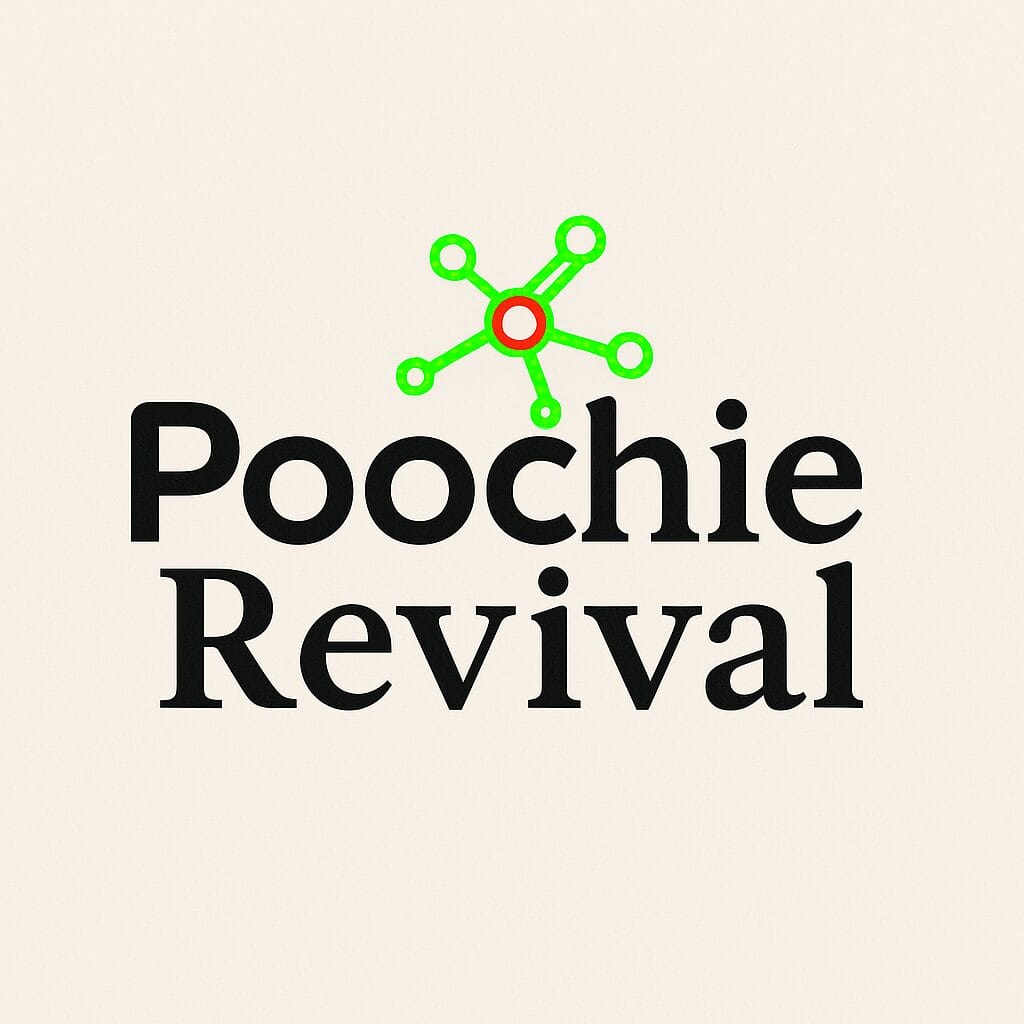Vitamins are organic compounds that must be obtained from food and are not used for any specific purpose. Therefore, fats or proteins are not considered vitamins. Vitamins have been misidentified in the past and have since lost their “vitamin status.” This is why there are gaps in the numbering of B vitamins. Some compounds have also been intentionally misnamed as vitamins.
Old claims about vitamins are still encountered. Especially in the natural product sector, this happens from time to time. There is an attempt to make a substance more appealing by calling it a vitamin. Therefore, it’s good to know them at least conceptually, even though it is not specifically about dog nutrition and the vitamins dogs need.
Strictly speaking, considering dogs, vitamin C and biotin would also belong to this group. They are not vitamins for dogs because they are not absolutely needed from food.
B4 Vitamin – Adenine (sometimes also Choline or Carnitine)
Adenine is a B-vitamin-like compound that participates in the construction of coenzymes required for cellular metabolism. Adenine is needed for ATP production and is part of DNA and RNA.
From time to time, choline and carnitine have also been called B4 vitamins.
B8 Vitamin – Inositol
Inositol is a water-soluble compound synthesized by the body from glucose. It is a vitamin-like compound but does not fully meet the definition of a vitamin. Inositol is most abundant in nuts, beans, and grains, from which its bioavailability is poor. It is also found in large amounts in breast milk and to some extent in cow’s milk. In the body, inositol is abundant in nerve tissue and kidneys. Inositol plays a significant role as part of the cell membrane and is also needed in the synthesis of eicosanoids (hormones produced by the body), polyunsaturated fatty acids, and cell communication. Inositol is not an essential nutrient, so there is no recommended intake for it.
B10 Vitamin – Para-aminobenzoic Acid
Wikipedia:
4-Aminobenzoic acid is an important metabolic product for many microorganisms, such as yeasts and bacteria. These synthesize a folic acid precursor, dihydropteroic acid, from 4-aminobenzoic acid and 2-amino-4-hydroxy-6-hydroxymethyl-7,8-dihydropterin pyrophosphate. This reaction is catalyzed by dihydropteroate synthase. Many sulfonamides resemble 4-aminobenzoic acid in structure and thus act as dihydropteroate synthase inhibitors, preventing the synthesis of folic acid needed by bacteria. Humans do not synthesize folic acid, and in the human body, 4-aminobenzoic acid is converted to N-acetylaminobenzoic acid. The compound is sometimes also referred to as H1 or B10 vitamin.
B11 and B20 Vitamin – Carnitine
Carnitine is an amino acid produced from lysine and methionine. It can also be obtained from meat through diet. Carnitine is involved in the transportation of fat to the mitochondria of cells and energy production.
It is also sometimes used to refer to a certain folate vitamer.
B13 Vitamin – Orotic Acid
Orotic acid is a carboxylic acid produced as an intermediate in biosynthesis. It does not have the function of vitamins.
B14 Vitamin
It was once found in human urine and later isolated from blood. It enhances cell differentiation in the bone marrow but is not a vitamin.
B15 Vitamin – Pangamic Acid, Pangamate
A compound with no nutritional significance. According to its inventor, it would cure various diseases, and he named it B15 vitamin himself, but no effects have been observed. The U.S. Food and Drug Administration (FDA) has classified pangamic acid as unsafe, and it may cause seizures. Nevertheless, it is occasionally added to supplements with various health claims.
B16 Vitamin – Dimethylglycine (DMG)
Dimethylglycine is an amino acid derivative produced in the citric acid cycle and choline metabolism. It is found in the liver, among other places, but since there is no need to obtain it from food and its dietary deficiency does not cause diseases, it is not a vitamin.
B17 Vitamin – Amygdalin and Laetrile
Amygdalin is a glycoside, a type of sugar derivative used by plants as a storage form, found in bitter almonds, apricot, cherry, plum, and peach seeds. When amygdalin comes into contact with water, it breaks down, and one of the breakdown products is the toxic hydrogen cyanide, also known as prussic acid. Laetrile is a derivative of amygdalin. How amygdalin was ever considered a vitamin by any measure is a complete mystery to me.

